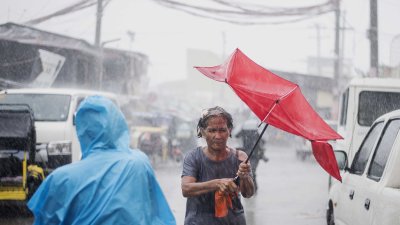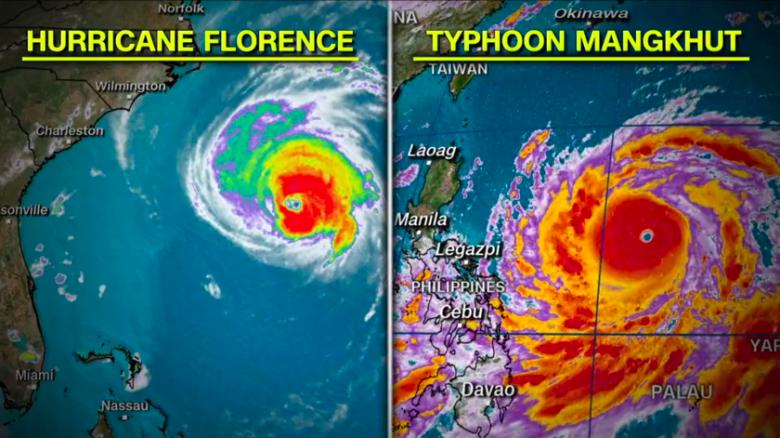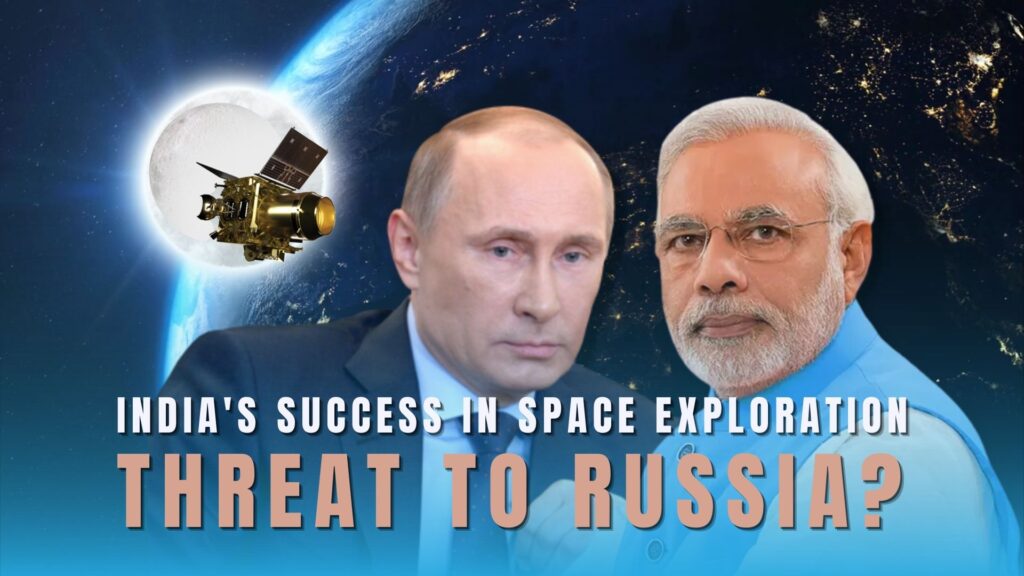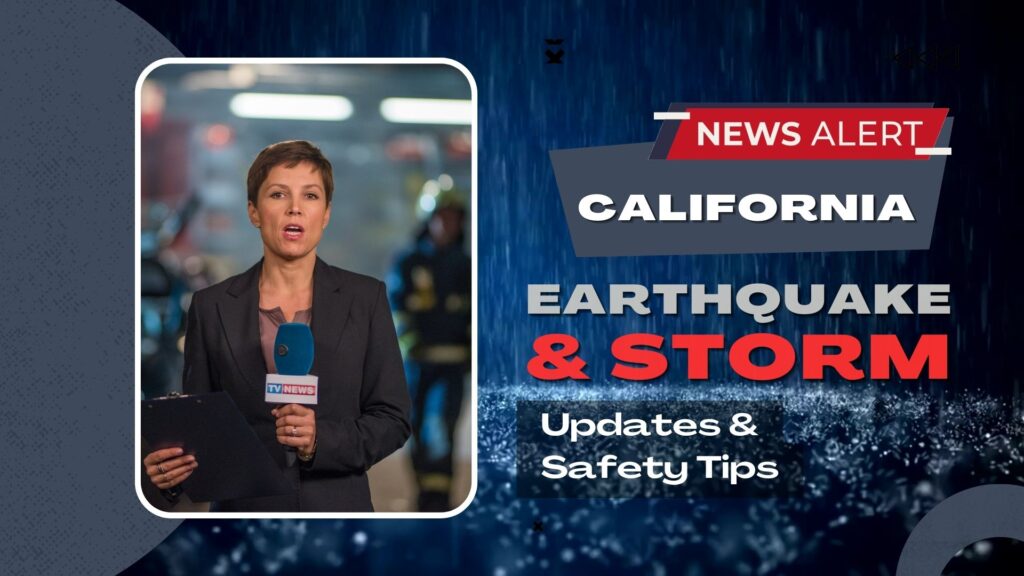Typhoon Manghkut and Hurricane Florence | What are We Being Reminded by Mother Nature
Mother Nature will never let humans forget that even though we think we can shape, mould, and alter Her to do our bidding, the one thing we can never control or rein in is the unleashing of Her fury in the form of storms, hurricanes and typhoons.

With twin storms currently raging across two continents wreaking havoc and leaving destruction in their wake – Super Typhoon Manghkut in the Philippines and the South China Sea region, and Hurricane Florence across the Carolinas in the United States – one wonders where the curious practice of naming them comes from.
What’s the difference between storms, hurricanes, typhoons?
The meteorological definition of a storm is a natural phenomenon caused by a violent, atmospheric disturbance coupled with a strong, low barometric pressure and winds of minimum 47 knots (or 88 km per hour), possibly with some form of precipitation. Storms can vary from ice storms, snow storms, wind storms, thunderstorms to even dust storms and fire storms.
Hurricanes, cyclones and typhoons are wind storms that pick up over tropical or sub-tropical waters. Once the storm reaches sustained wind speeds of approximately 118 km (or 74 miles) per hour we classify them according to their place of origin.
Hurricanes are formed over the North Atlantic Ocean and Northeast Pacific.
Cyclones are formed over the South Pacific and Indian Ocean.
Typhoons are formed over the Northwest Pacific Ocean.
The Earth’s rotation influences the direction of the winds as a result of the Coriolis effect, causing a deflection in wind patterns – storms originating in the Northern Hemisphere rotate counter-clockwise, and those in the Southern Hemisphere rotate clockwise!
Giving storms catchy names
The practice of naming storms originated in the United States in the early 1900s, albeit arbitrarily. A structured, regulated system was introduced in the 1950s to facilitate the distinction between different storms, avoid confusion and streamline communications, tracking and recording of these storms. It was also meant to underline the importance of preparedness, disaster prevention and adherence to storm warnings and government advisories to the general public.
It wasn’t until decades later that other countries adopted the same system after observing its many benefits.
Since 2000 the naming of storms is administered by the World Meteorological Organisation (WMO) Tropical Cyclone Committees, that maintain six to eight rotating lists for each of the nine defined regions. These lists are rotated over the years with names of particularly destructive storms being struck from the list and replaced with new ones (f.e. Haiyan – that struck the Philippines in 2013, and Katrina and Sandy that ravaged the USA in 2005 and 2012 respectively).
The first name given to a storm originating in the North Indian Ocean was given in 2004 by Bangladesh – Onil. Other countries in this region that have contributed names are India, Pakistan, Thailand, Sri Lanka, Oman, Maldives and Myanmar.
An extensive list of all the name options for the coming years can be found on the website of the WMO.
Do you share a name with a tropical storm, and how do you feel about this?
Trending: Typhoon Manghkut and Hurricane Florence, What are We Being Reminded by Mother Nature, Mother Nature and storms, Mother Nature and hurricanes, Mother Nature and typhoons, Super Typhoon Manghkut Philippines, Super Typhoon Manghkut South China Sea, Hurricane Florence across the Carolinas, Hurricane Florence United States, What’s the difference between storms, hurricanes, typhoons, Hurricanes formed over the North Atlantic Ocean, Hurricanes formed over Northeast Pacific, Cyclones formed over the South Pacific, Cyclones formed over Indian Ocean, Typhoons formed over the Northwest Pacific Ocean, What is the Coriolis effect, Why are storms given catchy names
Sources: bbc, wmo, sciencestruck, metservice, britannica & imdtvm.
Why read about this on Paandu?






Comments are closed.